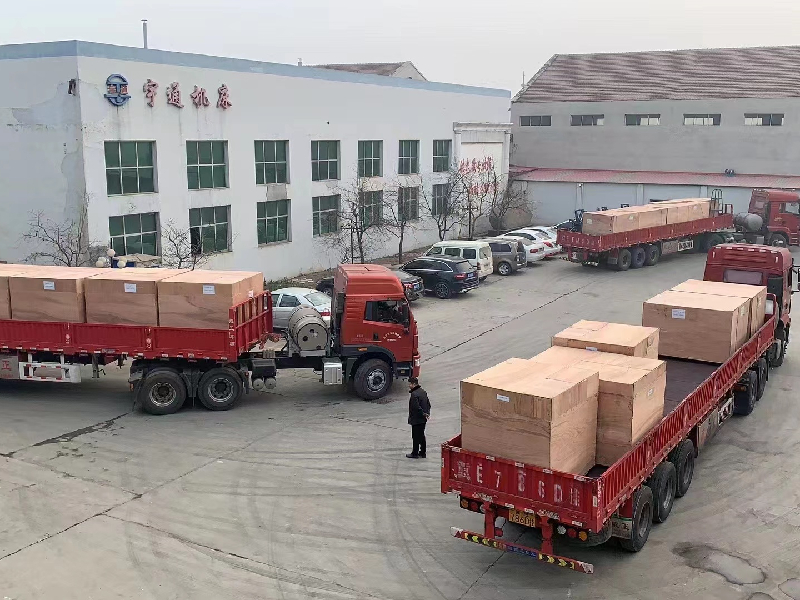
-
 Afrikaans
Afrikaans -
 Albanian
Albanian -
 Amharic
Amharic -
 Arabic
Arabic -
 Armenian
Armenian -
 Azerbaijani
Azerbaijani -
 Basque
Basque -
 Belarusian
Belarusian -
 Bengali
Bengali -
 Bosnian
Bosnian -
 Bulgarian
Bulgarian -
 Catalan
Catalan -
 Cebuano
Cebuano -
 Corsican
Corsican -
 Croatian
Croatian -
 Czech
Czech -
 Danish
Danish -
 Dutch
Dutch -
 English
English -
 Esperanto
Esperanto -
 Estonian
Estonian -
 Finnish
Finnish -
 French
French -
 Frisian
Frisian -
 Galician
Galician -
 Georgian
Georgian -
 German
German -
 Greek
Greek -
 Gujarati
Gujarati -
 Haitian Creole
Haitian Creole -
 hausa
hausa -
 hawaiian
hawaiian -
 Hebrew
Hebrew -
 Hindi
Hindi -
 Miao
Miao -
 Hungarian
Hungarian -
 Icelandic
Icelandic -
 igbo
igbo -
 Indonesian
Indonesian -
 irish
irish -
 Italian
Italian -
 Japanese
Japanese -
 Javanese
Javanese -
 Kannada
Kannada -
 kazakh
kazakh -
 Khmer
Khmer -
 Rwandese
Rwandese -
 Korean
Korean -
 Kurdish
Kurdish -
 Kyrgyz
Kyrgyz -
 Lao
Lao -
 Latin
Latin -
 Latvian
Latvian -
 Lithuanian
Lithuanian -
 Luxembourgish
Luxembourgish -
 Macedonian
Macedonian -
 Malgashi
Malgashi -
 Malay
Malay -
 Malayalam
Malayalam -
 Maltese
Maltese -
 Maori
Maori -
 Marathi
Marathi -
 Mongolian
Mongolian -
 Myanmar
Myanmar -
 Nepali
Nepali -
 Norwegian
Norwegian -
 Norwegian
Norwegian -
 Occitan
Occitan -
 Pashto
Pashto -
 Persian
Persian -
 Polish
Polish -
 Portuguese
Portuguese -
 Punjabi
Punjabi -
 Romanian
Romanian -
 Russian
Russian -
 Samoan
Samoan -
 Scottish Gaelic
Scottish Gaelic -
 Serbian
Serbian -
 Sesotho
Sesotho -
 Shona
Shona -
 Sindhi
Sindhi -
 Sinhala
Sinhala -
 Slovak
Slovak -
 Slovenian
Slovenian -
 Somali
Somali -
 Spanish
Spanish -
 Sundanese
Sundanese -
 Swahili
Swahili -
 Swedish
Swedish -
 Tagalog
Tagalog -
 Tajik
Tajik -
 Tamil
Tamil -
 Tatar
Tatar -
 Telugu
Telugu -
 Thai
Thai -
 Turkish
Turkish -
 Turkmen
Turkmen -
 Ukrainian
Ukrainian -
 Urdu
Urdu -
 Uighur
Uighur -
 Uzbek
Uzbek -
 Vietnamese
Vietnamese -
 Welsh
Welsh -
 Bantu
Bantu -
 Yiddish
Yiddish -
 Yoruba
Yoruba -
 Zulu
Zulu
Optimizing Setup for High-Quality Thread Rolling Machines for Enhanced Production Efficiency
Setting Up a High-Quality Thread Rolling Machine
The thread rolling machine is a vital piece of equipment in various manufacturing industries, particularly in the production of fasteners, screws, and bolts. Setting up a high-quality thread rolling machine requires meticulous attention to detail, ensuring that the machine operates efficiently and produces threads with precision. This article outlines the essential steps and considerations for a successful setup.
Understanding the Basics of Thread Rolling
Before diving into the setup process, it is important to understand how thread rolling works. Thread rolling is a cold-forming process that creates threads by deforming the material, rather than cutting it. This method enhances the strength of the threads, as the cold working improves grain structure. Different types of thread rolling machines, such as flat, cylindrical, and planetary machines, cater to various thread profiles and production needs.
Preparing the Workspace
A proper workspace is crucial for the successful setup of a thread rolling machine. Ensure that the area is clean, organized, and free of any obstructions. Adequate lighting and ventilation are also necessary to create a safe working environment. Additionally, make sure that all necessary tools and materials are accessible. This includes raw materials, lubricants, and measuring instruments.
Selecting the Right Machine
Choosing the right thread rolling machine based on the production requirements is imperative. Consider factors such as the type of material to be rolled, the desired thread specifications, and the volume of production. Consulting with manufacturers or experts can provide valuable insights into which machine best suits your needs. High-quality machines often come with features like adjustable speeds, precise alignment mechanisms, and durable construction, all of which enhance productivity and output quality.
Machine Setup Procedure
high quality thread rolling machine setup

1. Initial Inspection Before setting up the thread rolling machine, perform a thorough inspection. Check for any signs of wear and tear, loose components, or misalignments. Ensuring that all parts are functioning correctly will prevent issues during operation.
2. Adjusting the Die The die is critical in determining the quality of the rolled thread. Select the appropriate die that matches the required thread specifications. Carefully align the die according to the manufacturer’s guidelines. Proper die alignment is crucial for achieving precise thread profiles and minimizing material wastage.
3. Setting the Roll Speed Adjust the rolling speed according to the material and thread specifications. Different materials require different speeds for optimal results. Start with a moderate speed and make adjustments based on the performance and quality of the rolled threads.
4. Lubrication Apply the appropriate lubricant to minimize friction and heat generation during the rolling process. This not only enhances the quality of the threads but also prolongs the life of the machine and its components.
5. Testing and Calibration Before starting mass production, conduct a series of tests to ensure everything is operating smoothly. Roll a few test pieces and measure the dimensions and quality of the threads. Make any necessary adjustments to the setup based on these results.
Monitoring Production
Once the machine is set up and calibrated, ongoing monitoring is essential. Regularly check the consistency of the threads produced and the machine's performance. Implementing a quality control process can help identify any issues early, allowing for prompt corrections.
Conclusion
Setting up a high-quality thread rolling machine is a multifaceted process that requires careful consideration of various factors. By following the proper setup procedures and choosing the right equipment, manufacturers can significantly enhance their production capabilities and ensure the quality of their threaded products. With the right preparation and monitoring, a thread rolling machine can be a valuable asset in any manufacturing operation.
